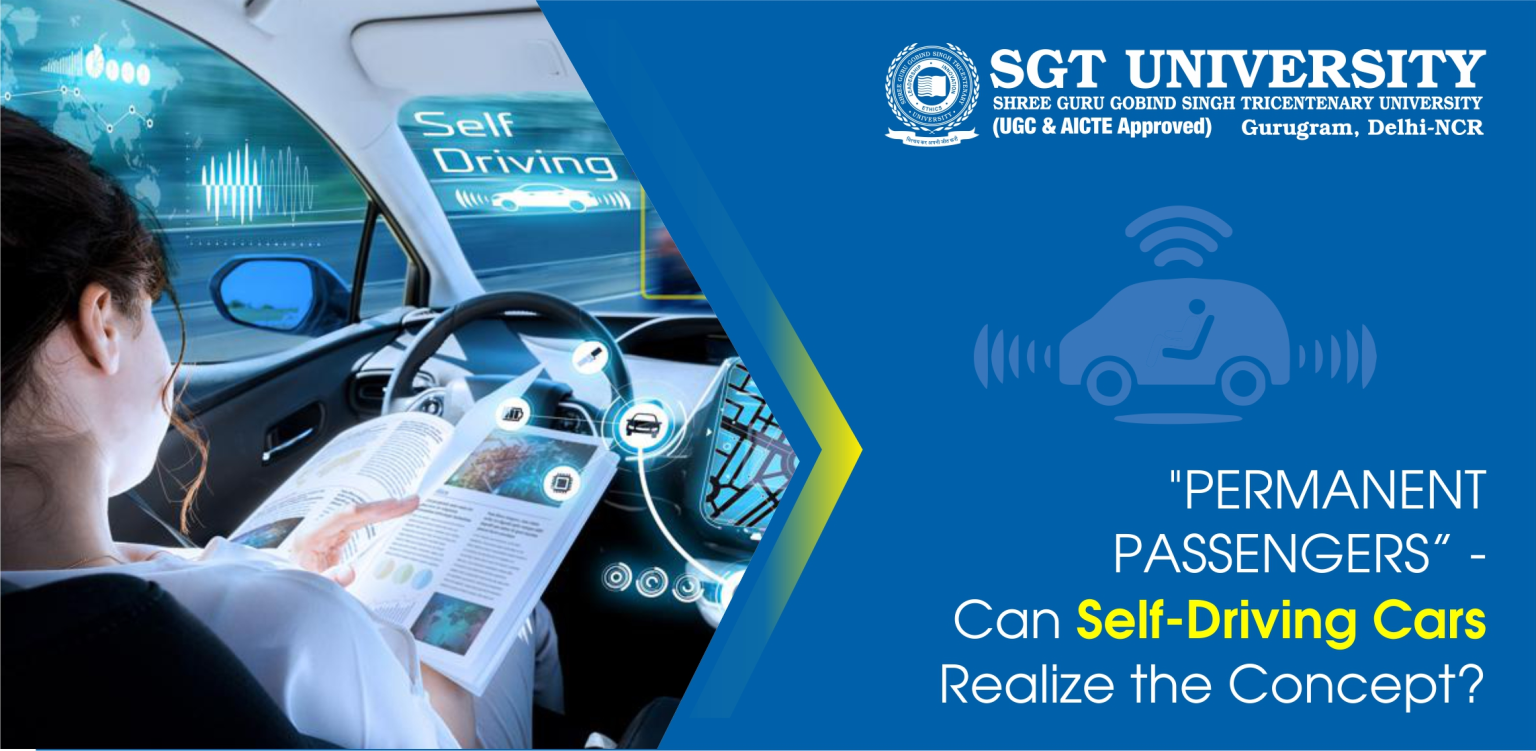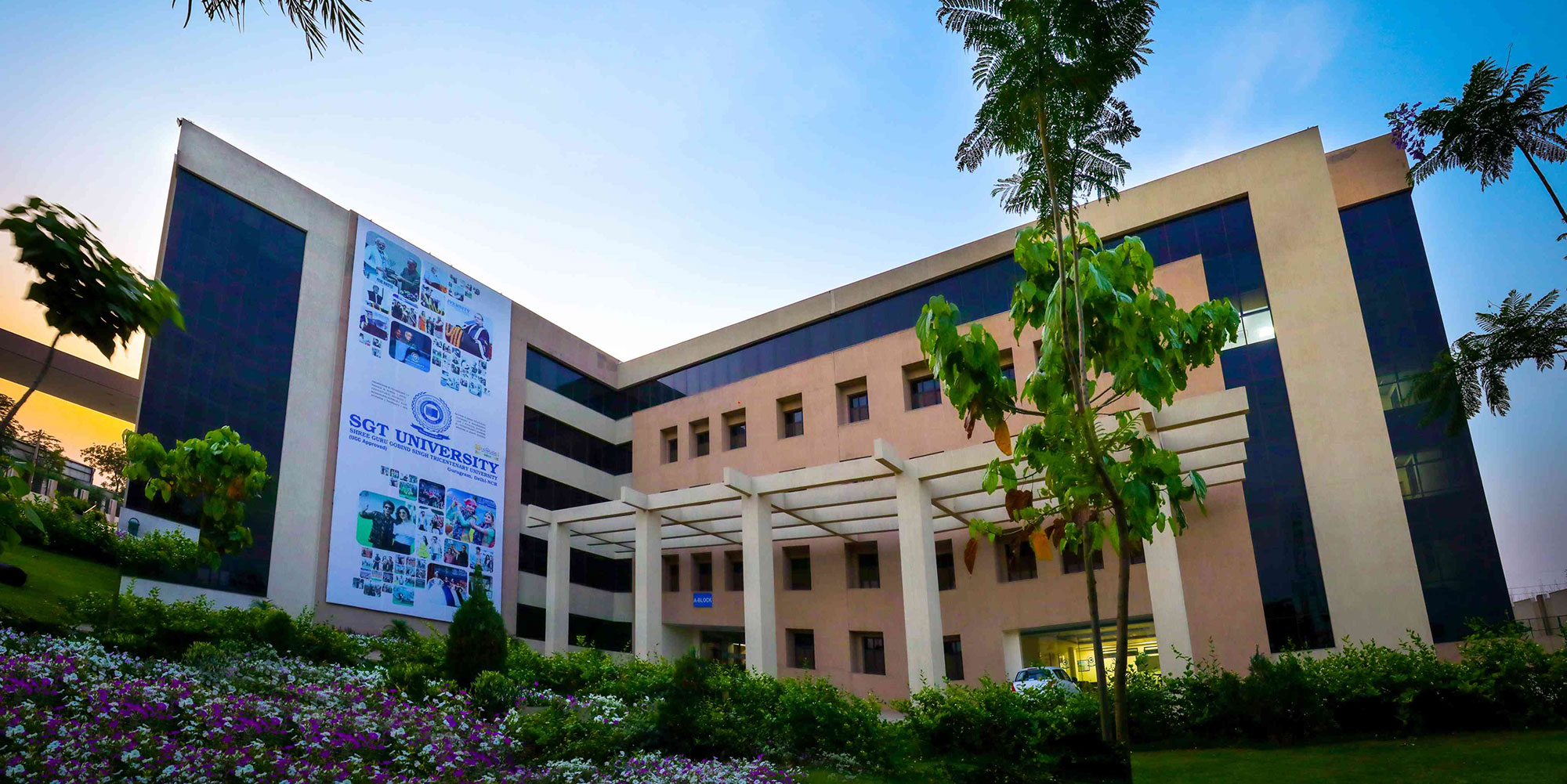Imagine you need to reach somewhere, you get into your car and either type in or speak up the location’s detail and your car drives you to it, all on its own while you rest, read, sleep; watch a movie in the backseat, etc. Self-Driving Vehicle (cars, buses, trucks, etc. which operates autonomously without human intervention while following each and every traffic rule safely and efficiently) is clearly an elusive concept till today. In spite of so many claims by the world’s leading Giants in the automotive field, we are yet to experience driverless transportation at the public level around us. Guardian predicted in 2015 that we will be “Permanent Backseat Drivers” by 2020. Many declarations were made, indicating the introduction of millions of driverless cars by 2020. These predictions were backed by Automotive Giants like General Motors, Tesla, Honda, Toyota, Google’s Waymo, etc. but we still don’t see anything revolutionary improvement happening in this direction….or Do we? This article will discuss briefly Self driving Cars: Leading developers, concept, technology, reality, and future.
Shoshana Zuboff, an American author, scholar and former Professor at Harvard Business School, claimed almost three decades ago that:
“Everything that can be automated will be automated”
It is only now that we came to see how precisely she predicted future technology. With everything being automated how can the automobile sector have fallen behind? With the introduction of the concept: Autonomous navigation- as early as in 1920, some practical projects were presented in the 1980s that were judged to be very promising. Since then, almost every automotive Megacorp has been working with utmost dedication to realize the concept of “Self-Driving Vehicles”. Google’s WAYMO division and General Motors’ CRUISE division are two names that are much more serious than others like Tesla, Fiat Chrysler, Honda, Uber, Volvo, Ford, Nuro, Zoox, Argo, Jaguar, etc. , in the field of Autonomous public vehicles. According to an article by Kelsey Piper titled “It’s 2020. Where are our self-driving cars?”, WAYMO drove around 1.2 million miles in 2018 alone with a total distance traveled is more than 20 million miles of the driverless journey. CRUISE also competes closely with around half a million miles driven per year and improving. Though we have not yet achieved a concrete breakthrough in this field Engineering teams are putting in extraordinary efforts to fulfill their vision of Autonomous Navigation.
Read Also: Mechanical Engineering: Why and How?
Now let us delve more into the technology and concept of driverless navigation. Essentially, general automobile designs incorporate sensors and soft wares based on Artificial Intelligence and computer numerical control to navigate, control, and drive the vehicle safely on roads. These vehicles are capable of generating a personal map of their surroundings by using sensors or an array of sensors based on RADAR technology, LASER beam technology, high powered cameras, SONARS, etc. The inputs obtained through these sensors are then fed to the controlling software that plots the actual path for the vehicle and provides commands to different actuators. Actuators are the Electro-Mechanical elements that control different vehicle operations like breaking, accelerating, steering, etc. Algorithms or Rule base dealing with Target acquisition, obstacle avoidance, predictive modeling, and ‘Smart’ object discrimination helps the vehicle to navigate safely through the traffic. Another feature of ‘Connected’ vehicles is quite famous nowadays in this era of ‘Internet of Things’ in which one vehicle is able to communicate with other vehicles/s. Mechatronics plays an important role there. B. Tech in Mechanical engineering with specialization in Mechatronics and Machine learning is required for the clarification of the concept of self-driving cars.
At this juncture, we need to know the levels of Autonomy present and our achieved level. Engineering Researchers and data researches have given 6 levels on which Autonomy is described. Level ‘0’ indicates manual driving and no automation at all. Level ‘1’ highlights a single function being controlled at a time like automatic breaking or Cruise control along with the presence of a human for safe driving. Level ‘2’ also needs a human for most of the driving but with at least 2 functions being controlled at a time like acceleration and steering. Level ‘3’ autonomous vehicles drive by themselves for a certain period but it’s required for a human to take over under critical situations. Level ‘4’ vehicles will drive completely on their own in certain pre-defined driving scenarios. At last, level ‘5’ indicates the apex of Autonomy in which the vehicle is completely capable of driving under every possible situation. As of now, we are freely using level ‘3’ vehicles with great success, level ‘4’ vehicles are under testing phase and engineers are facing legal and safety issues and it is being foretold that they will be released for public use soon. Level ‘5’ vehicles are still a concept only and a lot more years are required for mechanical and computer science engineers to roll on the roads.
There are many levels at which this technology will impact our society. Innovation and creativity are required for the wellbeing and upliftment of society. It all comes through practice and SGT University organizes SYNERGY Techfest every year to promote technical skills and creativity through multidisciplinary projects. Safety, help to elderly or differently-abled people, efficient use of fuel and less wear and tear of automotive parts, cheaper options for people who don’t own cars, etc. are some pros of Self-Driven cars. But there are always risks involved with any new technology that embarks. In this case, the main concerns are replacing human drivers (unemployment), safety from hackers, an increase in consumption of fuels due to an increase in miles driven, legal and federal laws formulation to govern the working of Autonomous vehicles, etc. Nowadays AIML (Artificial Intelligence and Machine Learning) is the required track with all the branches of engineering. SGT University offers B.Tech in Mechanical Engineering with mechatronics and machine learning. After a critical analysis of the merits and demerits, we can come to a general solution that any new technology comes with its dangers but we always work out ways to refine it and mold it to our benefit. At last, it will be unjust not to mention that Artificial Intelligence technology is the most important factor on which the Self-Driven cars rely upon. With the recent advancements in AI, we are getting closer and closer to our goal of fully automating everything around us (Whatever benefits us). Due to the fact that driving on our roads with high reliability is still a tedious and complex task for present AI tools, many of us have developed skeptical thinking towards the success or applicability of this technology. But recent advancements in AI technology have promised a slow but steady pace of improvement in the Autonomous navigation arena. Therefore in spite of many skeptics doubting the success of this technology, one thing is clear that technology will always find a way to improve, impact, and change our way of living.
Monika Deshwal
Assistant Professor
Mechanical Engineering Department
SGT University


